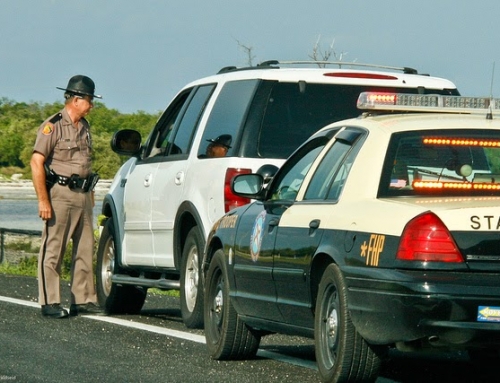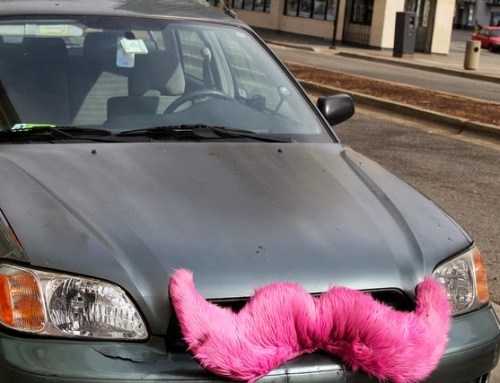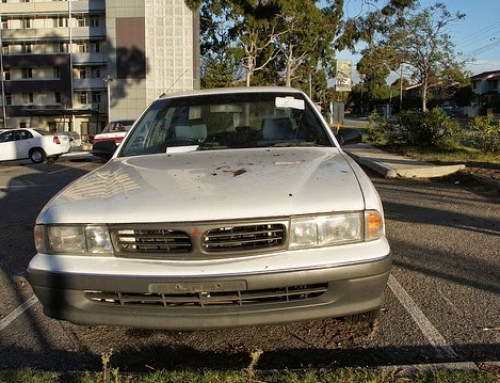Researchers with Quadrant Information Systems looked at rate increases in each state when a teen driver is added. The base rate was set using a married and employed 45 year old male and 45 year old female who drive 12,000 miles per year and have policy limits of 100/300/100 and a $500 deductible. Using this hypothetical policy, they then added a teen driver. The average increase was around 79%, but some states had significantly higher increases. The top 10 are listed below:
1. New Hampshire: 112%
2. Rhode Island: 107.35%
3. Maine: 106.93%
4. Wyoming: 105.55%
5. Connecticut: 102.40%
6. Illinois: 101.42%
7. Oregon: 100.72%
8. Minnesota: 96.87%
9. West Virginia: 93.25%
10. Ohio: 93.09%
There are many variables that come into play with these rate changes. Geography, driving culture, loss history, and local insurance regulations all play a part in the rate.
Surprisingly, states with fewer insurance regulations tended to have the higher increases. For example, Wyoming, a low regulation state posted a 105.55% increase while states like Hawaii that has regulations that prevent rating by age, gender, or length of driving experiences posted only a 17% increase. Of course, these regulations just mean the risk of teenage drivers is spread over all drivers all the time. So the premium on this hypothetical policy were very likely much higher than the others to start with.
Our home state of Iowa came in at #18 with an average increase of 86.93% when adding a teen driver.
Photo Credit: State Farm | License







Leave A Comment